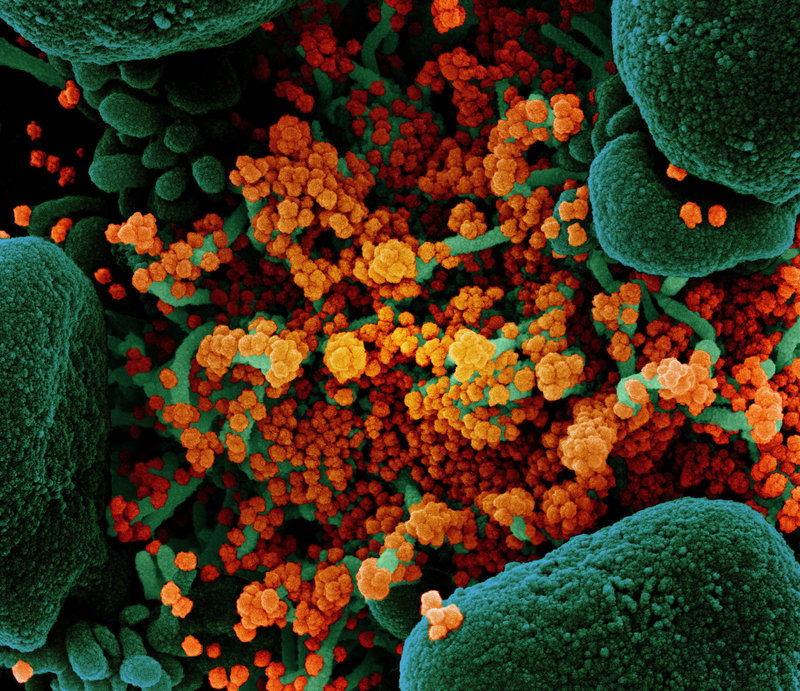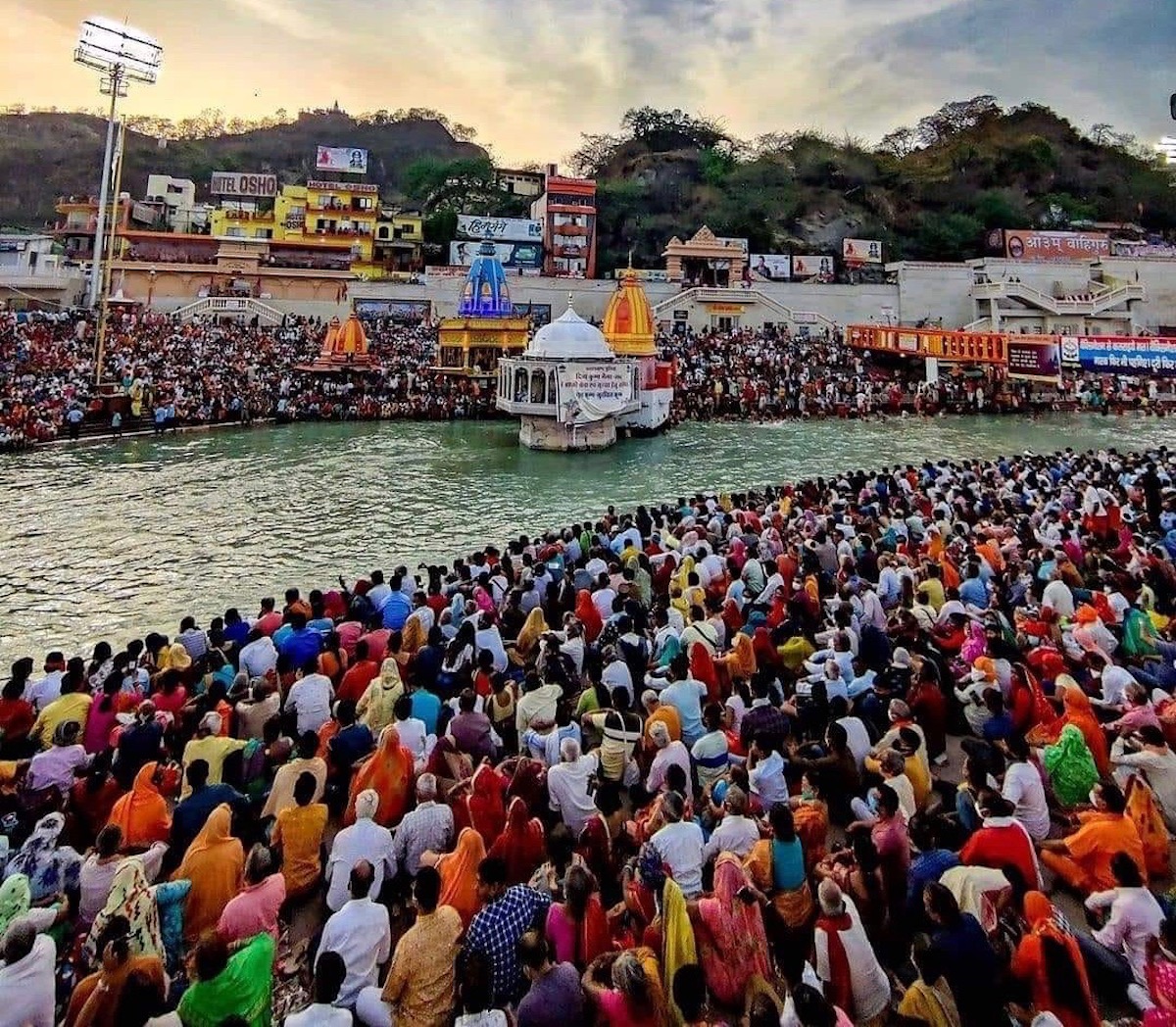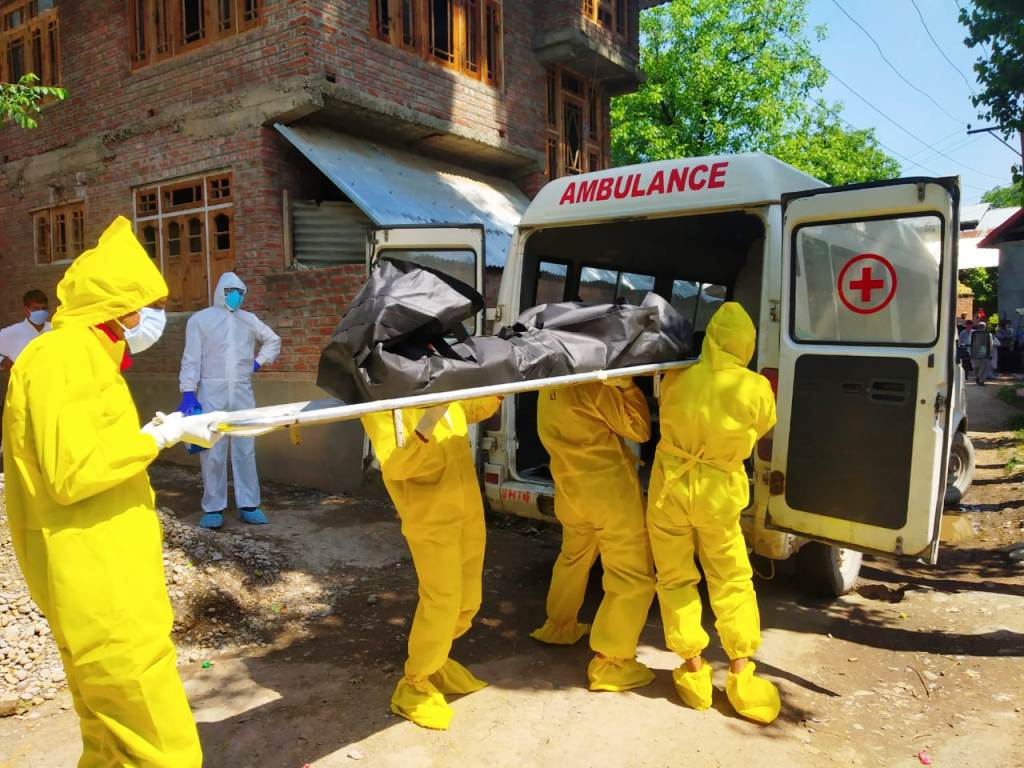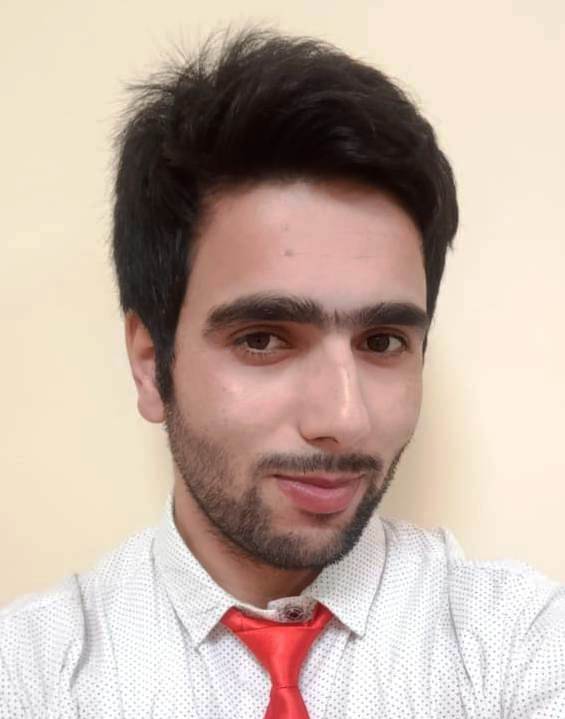by Fayaz Ahmad Paul
We did not use the ‘lull period’ to prepare ourselves. The window of opportunity of a few months was clearly wasted and the results are very obvious in the form of the extreme shortage of hospital beds, oxygen, pharmaceutical agents, trained healthcare staff, etc.

Pandemic 2019 is ongoing for more than 15 months and now India is facing the second wave. The jump in the number of cases being reported, and possibly some change in the disease profile, has seriously challenged the available infrastructure to a breaking point. The adverse impact on the quality of care is being reflected in the outcomes.
On May 18, 2021, India had 2.52 crore cases of Covid19 and 2.79 lakh deaths and currently India get daily more than 4 lakh cases and more than 4000 deaths.
The situation is the same in Jammu and Kashmir where 2.48 Lakh Corona cases were reported and 3222 deaths are officially reported.
The medical fraternity is facing challenges of managing overwhelming emergencies in the background of inadequate resources. The situation is very grim with a significant shortage of trained manpower, ventilators, hospital beds and oximeters, more ICU beds, drugs, and more importantly oxygen concentrators.
In the current burst, a common perception is that children are more frequently being affected in the second surge and they are relatively sicker, unlike the scenario in 2020. In view of the increase in overall cases, the absolute number of children affected has increased.
The exponential surge in India’s Coronavirus infections over the past few weeks has swamped the health care system, seen patients dying in ambulances and parking lots outside hospitals and overwhelmed crematoriums. Dozens of hospitals in a number of Indian cities and towns have run short of Oxygen, sending relatives of patients scrambling for oxygen cylinders, sometimes in vain.

Various factors seem to have contributed to the increase in overall numbers in India as well as cases in children, which are as poor compliance of the population to Covid-appropriate behaviour. The election rallies conducted in five states (West Bengal, Assam, Pondicherry, Kerala, and Tamil Nadu) and large gatherings across the country in the form of Kumbh Mela, farmers protest in India, no strict action to break the spread of infection in households and community, opening up of schools, colleges, and possibly a mutant strain that is more contagious.
The behaviour of the population seems also to have been influenced by the fact that the recovery rate is more than 98%, an underestimation of the potential severity, and an attitude that even if one is diagnosed as Covid-19 infection, people will not be isolated in hospitals as happened in the first surge.
Before the first Covid-19 surge in India, media played an over-enthusiastic role, and various experts who did not have adequate knowledge but were media-savvy played an important role in creating hype to make Covid-19 equivalent to death. Gradually media started reporting very high recovery rate and low case fatality rates, which improved public confidence, but over a period of time, also led to lowering of guard.
Community fatigue setting in along with economic stress, further led to increased risk-taking behaviours in the context of Covid-19. After a few weeks into the pandemic, it had become clear that we needed to learn to live with Covid-19 for months to a year, as it is going to stay with us. Going by the records of previous pandemics, a second or third surge was always on the cards. Specifically, in the previous pandemic of Spanish flu in 1918, there was a more devastating effect of pandemic during the second surge.

A few experts warned of a similar course with Covid-19 as well. These warning signals were ignored or not given due regard. With the approval of vaccines, more emphasis was given to vaccination, forgetting that for immediate control, there was a need to break the transmission of infection and for long-term control vaccination plays an important role. We did not use the ‘lull period’ to prepare ourselves. The window of opportunity of a few months was clearly wasted and the results are very obvious in the form of the extreme shortage of hospital beds, oxygen, pharmaceutical agents, trained healthcare staff, etc. Proposals for establishing oxygen plants in various centres appear to have been delayed. It almost amounts to an abdication of responsibilities and the common man being left on his own to arrange for basic healthcare. In the current scenario of shortage of oxygen, there are concerns about high oxygen requirements in this modality.
The sudden and sharp rise in sick Covid19 cases has led to a huge increase in demand for oxygen, which the current supplies are unable to meet.

Diverting the oxygen used in industry, provided it is pure, may provide some relief. Simultaneously, health facilities need to proactively work toward more efficient use of this scarce resource. As the authorities have now become busy arranging oxygen and other life-saving equipment, adequate measures to reduce transmission of infection are likely to get compromised.
After witnessing the devastating effect of the second surge, India had learnt that Covid-19 is likely to have repeated surges, so we should not lower our guard. The extremely fragile and inadequate health infrastructure needs a huge boost in all aspects: there have to be short-term as well as long-term goals. We should anticipate surges and strengthen infrastructure for a third surge or other pandemics.
(Author is a research scholar in the Psychiatric Social Work, stream at the Department of Psychiatry, Government Medical College and Hospital in Srinagar. The opinions expressed in this article are those of the author’s and do not purport to reflect the opinions or views of Kashmir Life.)















